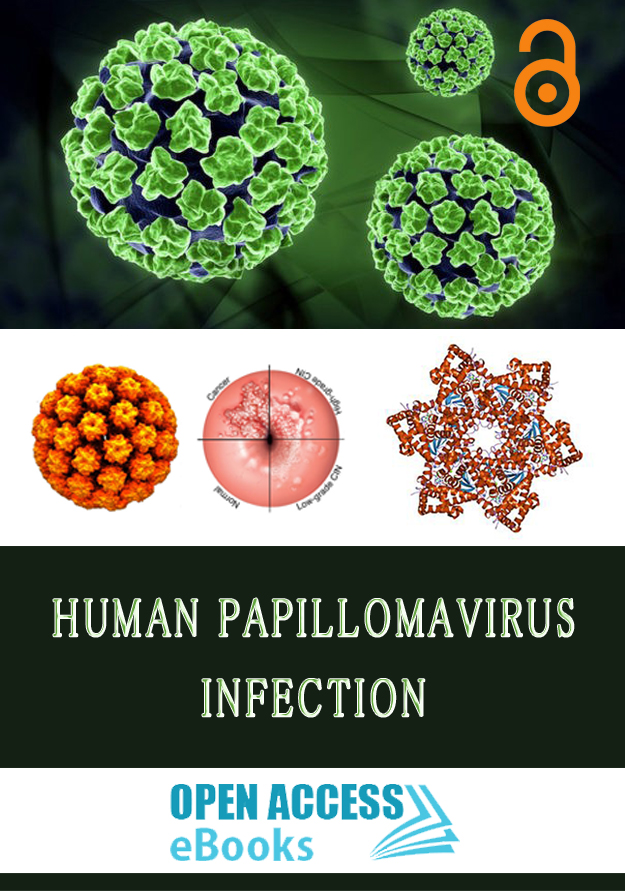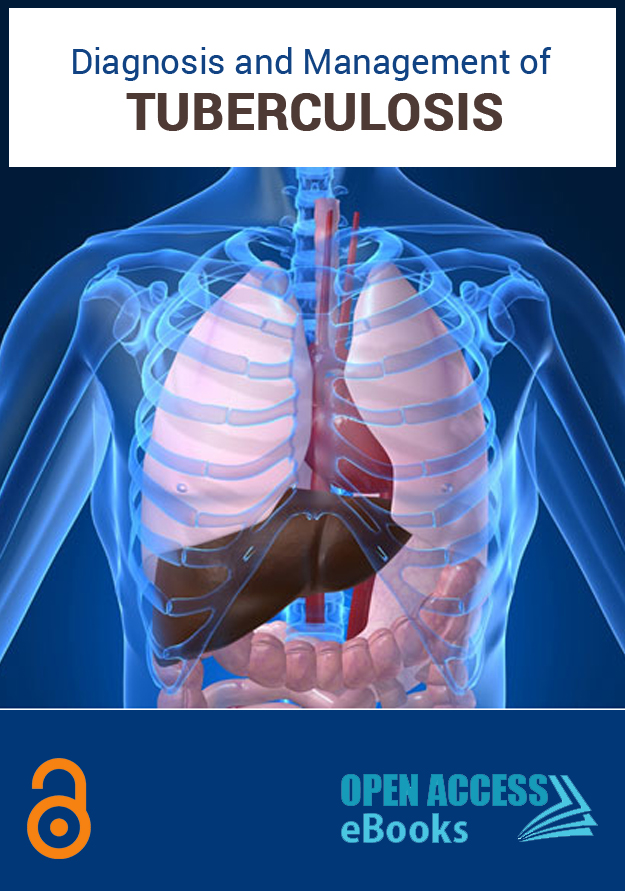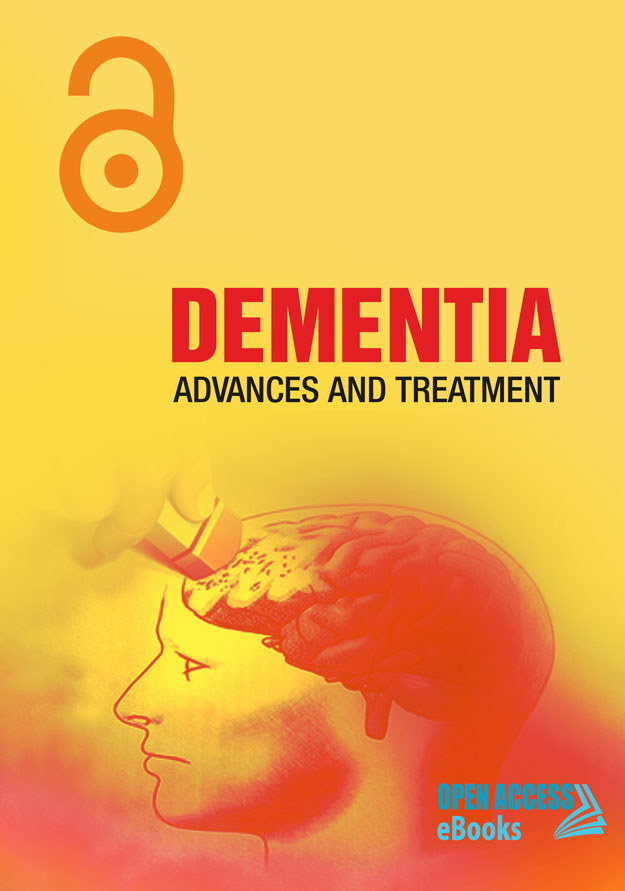
Benefits of publishing with us:
Universal Access: eBooks published in Open Access eBooks gain international visibility. No region barriers and content is accessed by everyone across the world from our website. We also deposit published eBooks in different databases.
Freely Available: Open Access eBooks follows the principles of Open Access and the content is available to the readers without any cost. Readers can read, share, and store the published ebooks/book chapters.
Copyright with Authors: As an eBook publisher, we serve researchers in publishing their valuable work after the stringent review process. However, copyright lies with authors. We follow the CC-BY-NC-ND license (https://creativecommons.org/licenses/by-nc-nd/3.0/).
Different Formats: We provide eBooks in PDF and HTML formats. Both formats are user friendly and can act as per the user requirements. We put our efforts to provide other formats in future.
For more information, contact info@openaccessebooks.com
Published Chapters:
Povidone-Iodine as Treatment for Human Papillomavirus
Author(s): Kara Capriotti*; Jesse Pelletier; Samuel Barone; Colin Nuckolls; Joseph Capriotti
Verruca vulgaris, also known as common warts, are benign skin growths caused by a viral infection of the skin. Treatment is recommended for patients with extensive, spreading, or symptomatic warts. Many patients feel the condition is socially stigmatizing and thus seek treatment. Treatment methods that are commonly employed include topical agents, intralesional injections, cryotherapy, laser, electrodessication and surgical excision. Clinical evidence favoring one therapeutic route over another is limited, which provides rationale as to why there are so many anecdotal treatment options. The current treatment options lack specific anti-viral options, and instead focus on physical destruction, chemical destruction, and localized irritants that are intended to upregulate the immune system and immunomodulatory therapies. This may provide an explanation as to why some common warts are resistant to treatment.


